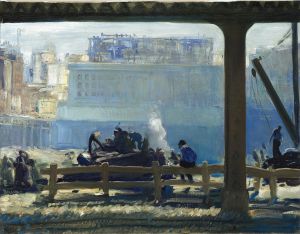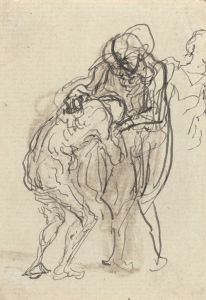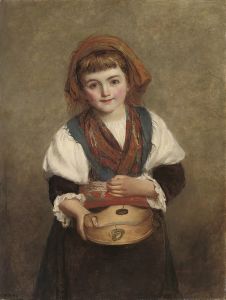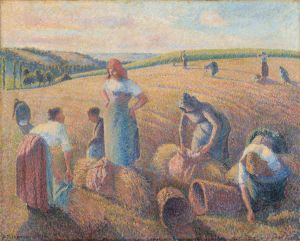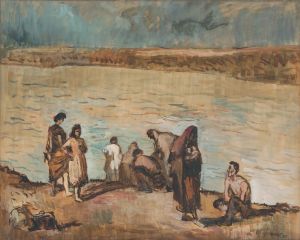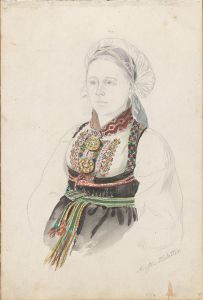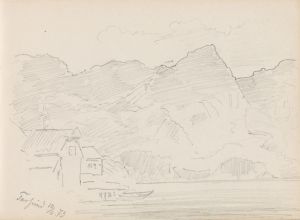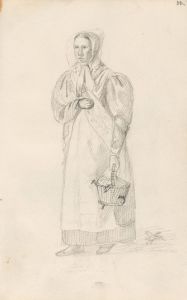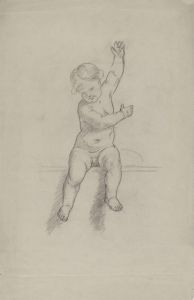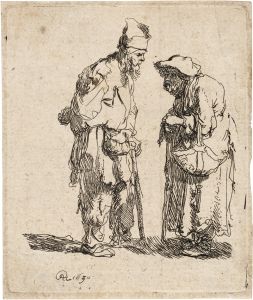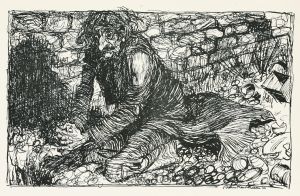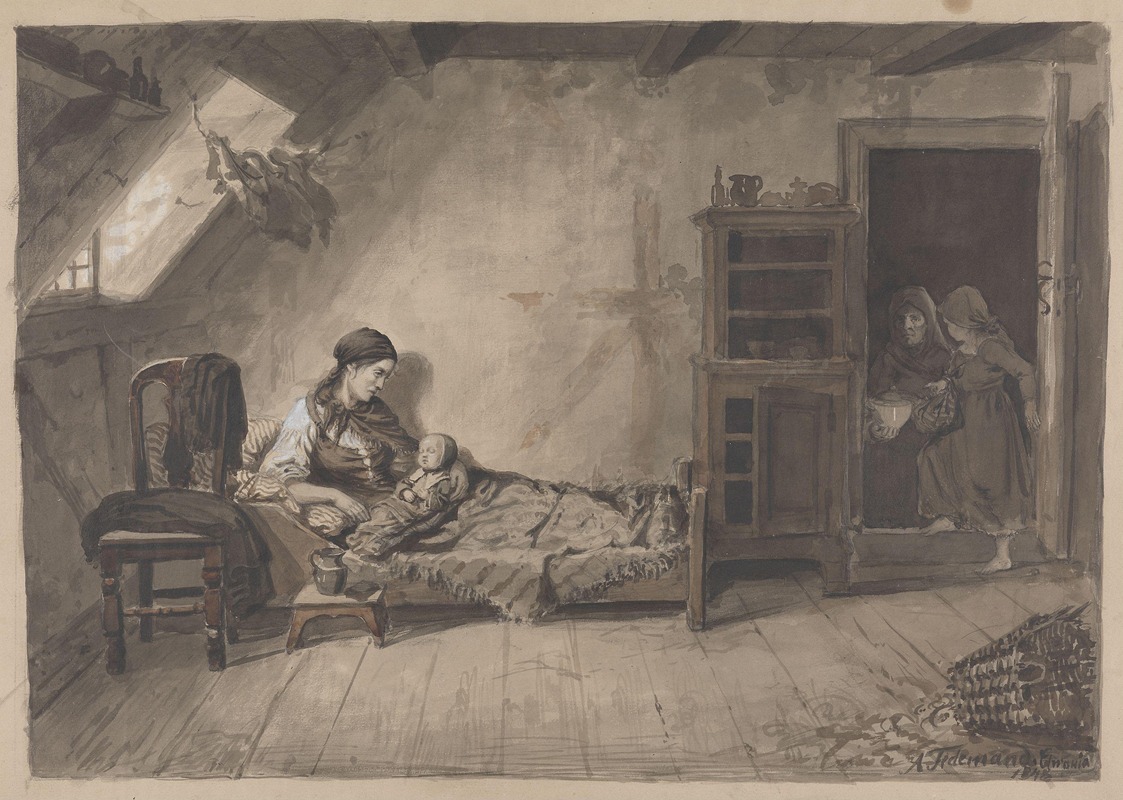
Besøk hos en fattig kone
A hand-painted replica of Adolph Tidemand’s masterpiece Besøk hos en fattig kone, meticulously crafted by professional artists to capture the true essence of the original. Each piece is created with museum-quality canvas and rare mineral pigments, carefully painted by experienced artists with delicate brushstrokes and rich, layered colors to perfectly recreate the texture of the original artwork. Unlike machine-printed reproductions, this hand-painted version brings the painting to life, infused with the artist’s emotions and skill in every stroke. Whether for personal collection or home decoration, it instantly elevates the artistic atmosphere of any space.
"Besøk hos en fattig kone" (Visit to a Poor Woman) is a painting by the renowned Norwegian artist Adolph Tidemand. Created in 1851, this work is a significant example of Tidemand's focus on Norwegian folk life and his dedication to depicting the everyday experiences of the rural population.
Adolph Tidemand (1814-1876) was a prominent figure in Norwegian art during the 19th century. He is best known for his genre paintings that capture the customs, traditions, and daily life of Norwegian peasants. Tidemand's works are characterized by their detailed realism and empathetic portrayal of his subjects, reflecting his deep interest in the cultural heritage of Norway.
"Besøk hos en fattig kone" illustrates a poignant scene where a visitor, presumably a clergyman or a well-to-do individual, is seen visiting a poor woman in her modest home. The painting captures the interior of a simple, rustic dwelling, highlighting the stark contrast between the visitor and the impoverished woman. The woman is depicted with a humble demeanor, indicative of her social status and the hardships she endures.
The composition of the painting is carefully arranged to draw attention to the interaction between the two figures. Tidemand's use of light and shadow enhances the emotional impact of the scene, emphasizing the somber mood and the disparity between the characters. The detailed rendering of the interior, including the sparse furnishings and the woman's simple attire, adds to the authenticity and realism of the depiction.
Tidemand's work is often associated with the National Romantic movement in Norway, which sought to celebrate and preserve the nation's cultural identity through art. His paintings, including "Besøk hos en fattig kone," played a crucial role in documenting and romanticizing the rural life of Norway during a period of significant social and economic change.
The painting is part of a larger body of work by Tidemand that includes other notable pieces such as "Haugianerne" (The Haugeans) and "Brudeferden i Hardanger" (The Bridal Procession in Hardanger), the latter of which was a collaboration with fellow artist Hans Gude. These works collectively contribute to Tidemand's legacy as a key figure in Norwegian art history, celebrated for his ability to capture the essence of Norwegian rural life with sensitivity and precision.
"Besøk hos en fattig kone" is housed in the National Gallery in Oslo, where it continues to be appreciated for its historical and artistic significance. The painting remains an important example of Tidemand's contribution to the documentation of 19th-century Norwegian society and his commitment to portraying the dignity and resilience of the country's rural population.





